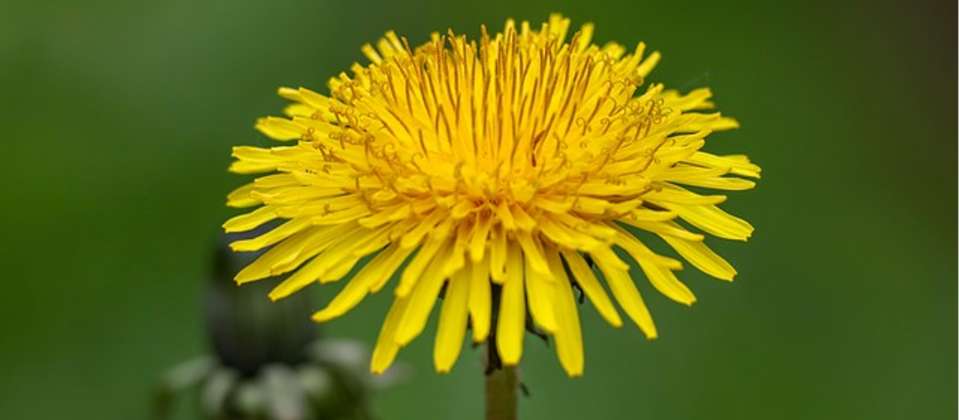3. Beltane – early May
It’s the time of rapid greening and growth, of sowing and planting, of the excitement of masses of fruit tree blossom (and less wind and frost than in recent years), and the real shift in the energy of the year that this spring festival marks. Wildness and abundance and proliferation of insects and wild flowers bring a new sense of plenty and richness.
But perhaps that isn’t getting through to you, perhaps you’re just lamenting the finishing of winter crops and the notorious ‘green gap’ looming before our fresh summer crops are ready – unless, that is, you planned ahead well and have the first radishes and salads and spinach thinning and pea sprouts to enjoy.
Beltane brings many overlooked treats though, which can bring variety and excellent nourishment to our meals whether you’ve been planning or not: your plot edges may have wild native edible greens, medicinal herbs and flowers to enjoy in salads, as garnishes, as pestos or stirred into soups or egg dishes, or made into tonic vinegars: cleavers, chickweed, comfrey, dandelion, elderflowers, garlic mustard, hawthorn, mint, mullein, nettle, red clover, salad burnet and yarrow are all likely to be available. If you don’t recognise them confidently then check in a reliable book or use an online identification tool. They also offer a wonderful way of connecting to what is there on your land, rather than what ‘should’ be or ‘might’ be; an awareness of our place and the plants’ places. Recognising these wild gifts also helps us learn more about different areas of the plot: what likes shade, what likes damp, what seeks full sun, and what is happy growing with what.
The strong tonic herbs, like nettle, dandelion, cleavers and chickweed are best used before flowering, in cordials, tinctures or vinegars, and if you cut them down to use (or to enrich your compost) they will produce another crop later in the summer. Some of your planned crops may now be going to seed too: winter salads, like land cress and rocket and purslane and lambs’ lettuce will be in flower. Save a few plants to create seed pods which can be dried and the seed saved to sow in early autumn. But you can also enjoy the flowers right now in salads and sprinkled on stews or soups, adding colour and delight as well as wholesome nutrition. The flowers can also be infused in oil (a light organic almond oil is best) to make lineaments for common ailments. Chive flowers infused in organic apple cider vinegar turn it a lovely pink and is a nice addition to salad dressings.
So immerse yourself in this time of growing and relish the long evenings which give us a chance to work on our plots and really prepare for a rich harvests to come; keep up successional sowings of salad leaves and peas, make sure beans are supported, net just about everything against the pesky pigeons and mulch mulch mulch to keep the ground moist and the soil structure and organisms supported. Spring is here!
Views expressed in Plotlines are those of the author and do not necessarily reflect those of YACIO.


